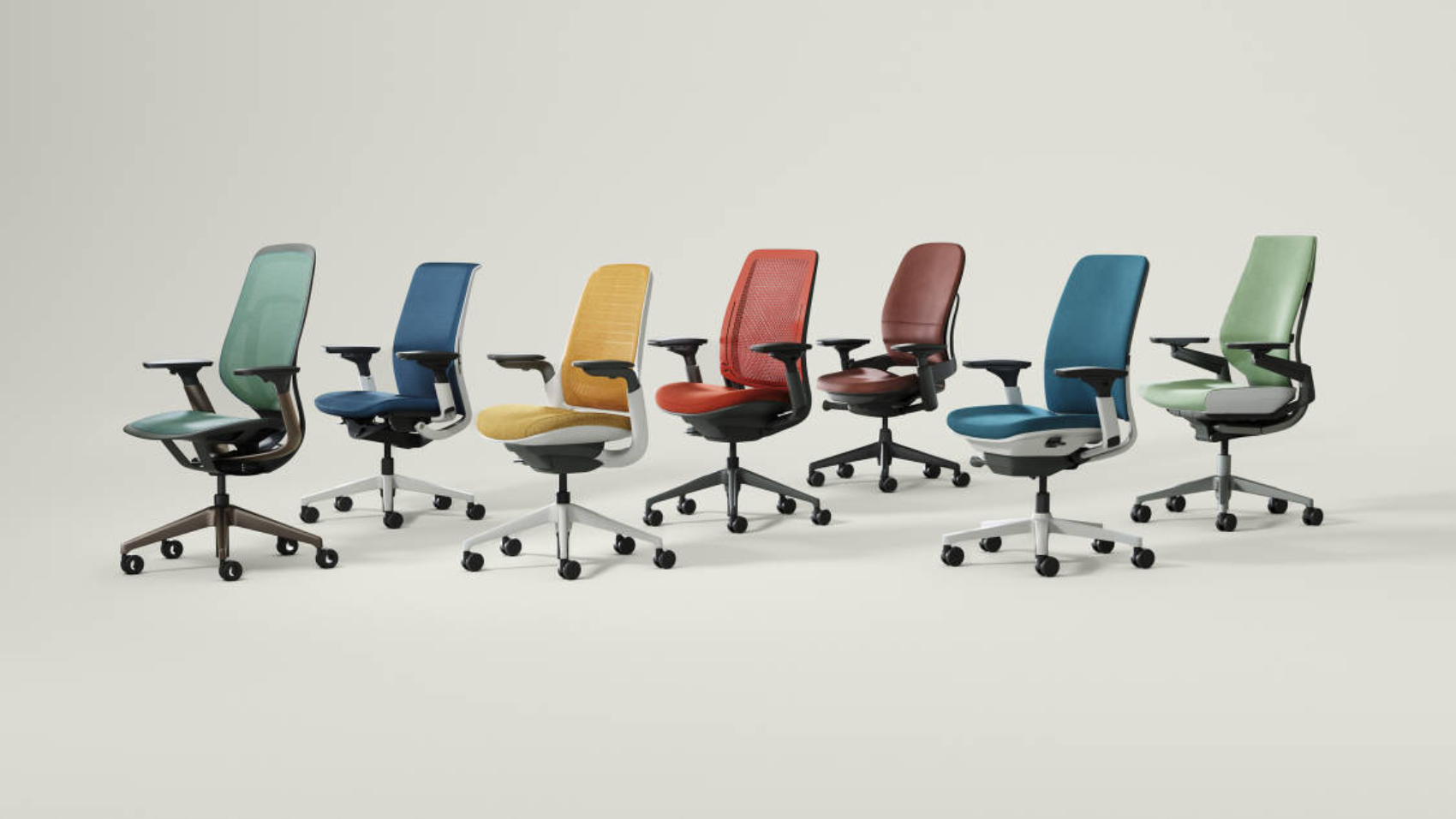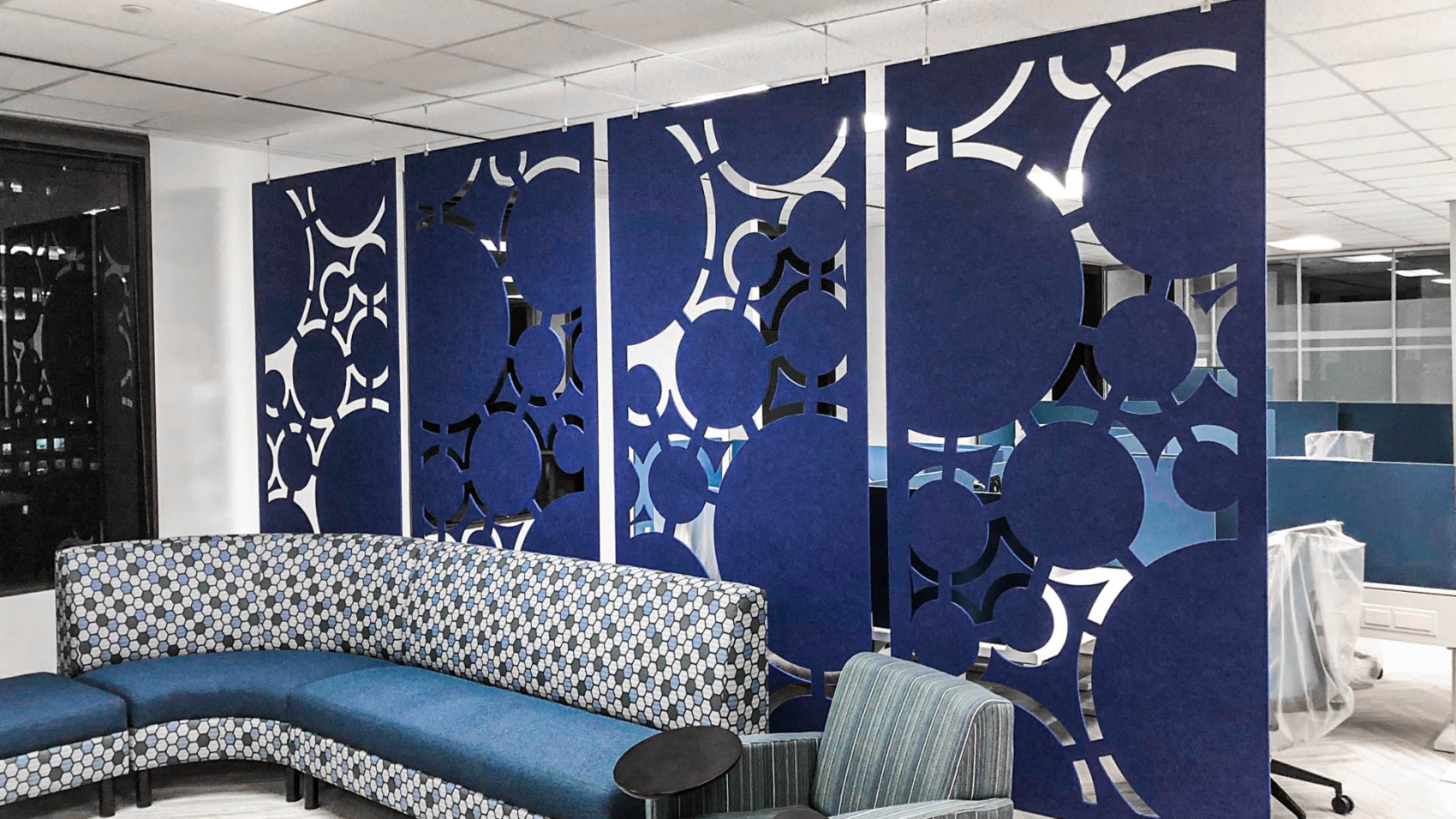Three questions to ask when choosing the best office chair for you
Sitting – we all do it, some of us more than others. But for those who spend a lot of time working at a desk, sitting can cause a lot of discomfort and pain because, the fact is, most of us sit wrong. The human body is designed to move, but when we sit we’re often sitting in a static position for an extended period of time or adopt unhealthy habits such as slouching and that’s a problem.
Often, you’re sitting in a chair that isn’t designed to support the work you’re doing. Or, the office chair has not been properly adjusted for your body. But with so many office chairs to choose from, how do you know which chair is right for you? Here are three questions you should ask yourself when trying to find your perfect seating companion:
1. Do you usually sit for long periods of time?
The more time you spend sitting the more important it becomes to sit in a chair that provides a greater degree of ergonomic support. Whether you’re working in the office or at home, it’s important to sit in a chair that supports a healthy posture, encourages you to move and keeps you in the optimal zone for seeing and reaching your work.
2. Are you sitting at an owned workstation or shared workstation?
Fewer organizations are providing assigned desks to employees so many people will now be sitting in shared seating. That seating will most likely need adjustment. If the chair has not been adjusted properly for you, you’re likely to experience some discomfort and pain. Most people either don’t know how to adjust their chair or simply don’t like to adjust their chair. The vast majority only adjust the height and arms on their chair, but other adjustments such as the seat and back are never adjusted.
3. Do you want to be in full control of your sitting experience? Do you want to dial in the adjustments to your chair or let the chair do it for you?
Our Steelcase office chairs are designed to be either weight-activated or manually adjusted. It’s important to understand the difference. Weight-activated chairs support you as much as possible with minimal adjustments. They respond to your body weight, providing the right amount of back tension as you recline and get comfortable quickly. These chairs are great for shared seating where multiple people are using one chair throughout the day (such as conference rooms, shared desks, WFH with multiple users). The chair naturally responds to the body’s movement to provide the appropriate level of support.
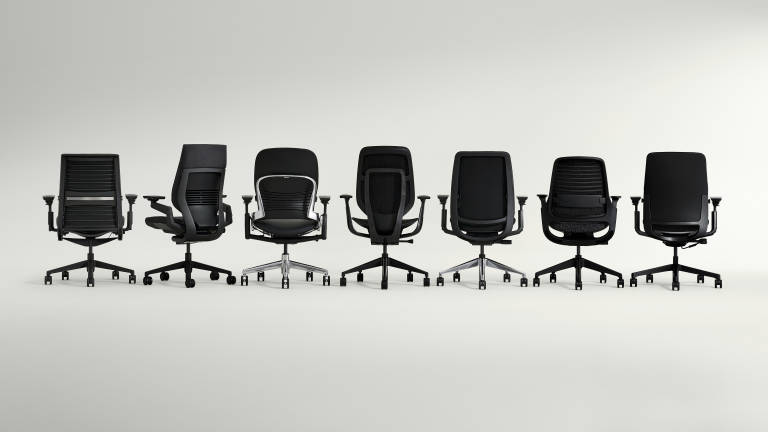
Manually-adjusted chairs let you dial in a precise fit by adjusting the tension or amount of resistance you feel in your back as you recline to your personal preference. These chairs allow you to adjust the chair 100% to your body. They provide the most support possible and are ideal for people who spend the majority of their time sitting for long periods of time at an owned workstation in the office or at home.
At Steelcase, we have a deep history of innovation in seating. This stems from our research and understanding of people and how they work. We offer a wide selection of high-performance ergonomic office chairs to address various needs, aesthetics preferences and budget. All Steelcase high-performance office chairs feature our LiveBack® technology. This allows the backrest to flex, contour and mimic the natural movement of the spine. It also encourages you to move and maintain a healthy posture. Adjustable features, such as 4D arms, seat depth and back tension and recline enable the chairs to fit people from the 5th to the 95th percentile. In this way, one chair fits the broadest range of shapes and sizes.
Steelcase Weight-activated Seating Choices
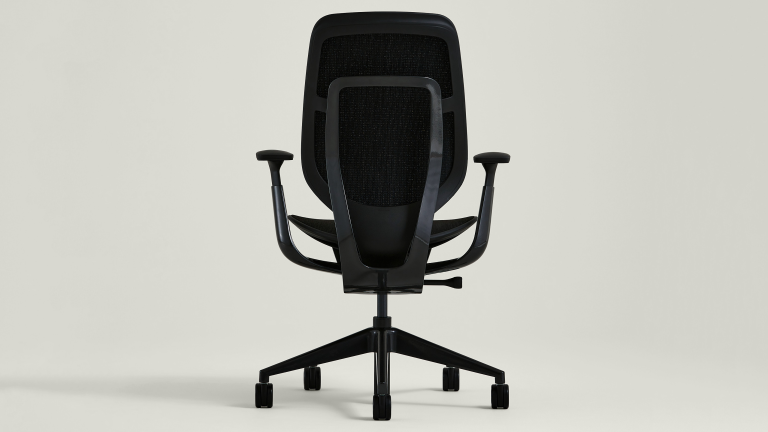
Steelcase Karman
Sit back and let physics do its job. With a proprietary performance textile and impossibly light frame, Steelcase Karman goes beyond leading mesh office chairs to provide effortless comfort. This is the chair for you if you’re seeking comfort and just want to sit and get to work without having to worry about adjusting your chair. Steelcase Karman’s patented hybrid seat is unlike any other. The suspension seat with integrated cushioning provides maximum comfort for as long as you sit. The ultra-light frame flexes to eliminate painful pressure points common in other mesh chairs. An industry-leading color range, with several proprietary Intermix colors and Lux finishes, make infinite aesthetic options possible.
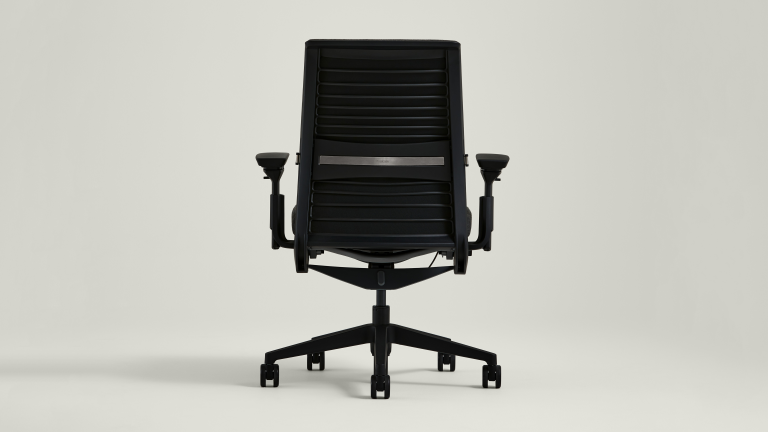
Think
Think was the first chair we designed with a weight-activated mechanism allowing you to sit down and get comfortable quickly. Your body weight does most of the work. Designed for a mobile workforce, Think was an exciting breakthrough at the time. It is even more relevant today with the rise of hybrid work. Think was also a sustainability pioneer – fewer parts make it easier to disassemble and recycle. That’s a win/win for both you and the planet.
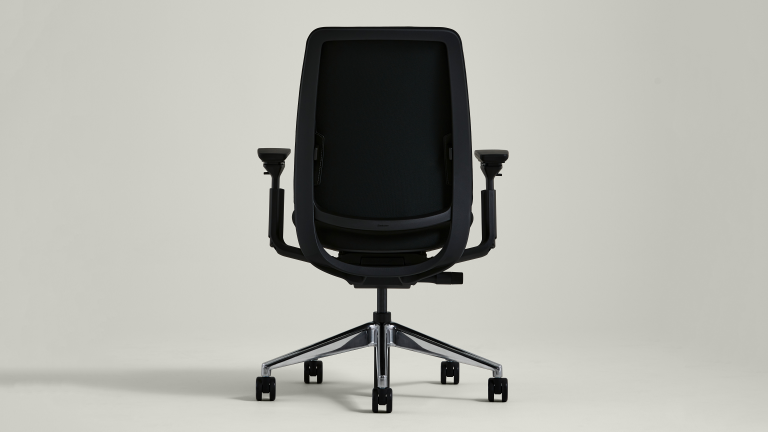
Steelcase Series 2
Steelcase Series 2 features our signature Air LiveBack® technology. This works through an innovative geometric design that provides sophisticated support. The specially-engineered wave pattern scales to provide support for each part of the spine. It allows the spine to flex in multiple dimensions to create responsive, personalized comfort and fit. Responsive back tension, 4D adjustable arms and adaptive seat bolstering ensure continuous comfort and ergonomic support. A height-adjustable lumbar is also available when you select microknit or 3D knit back options. Other back options include quilted or standard upholstery.
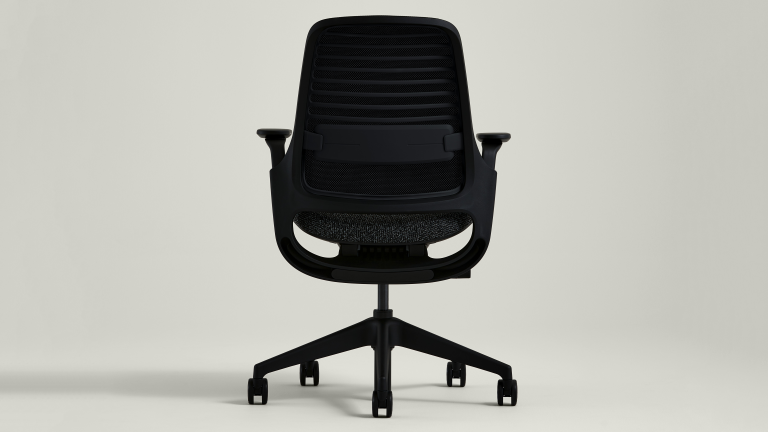
Steelcase Series 1
Looking for best-in-class ergonomic essentials, quality, lots of choice and a great price? Steelcase Series 1 chair is for you. LiveBack flexors conform to your spine to provide flexibility and support throughout the day. Several mix-and-match knit, flexor and lumbar colors, and a wide range of shell and finish options, offers an abundance of choice to match your personality, culture or brand.
Steelcase Manually-adjusted Seating Choices
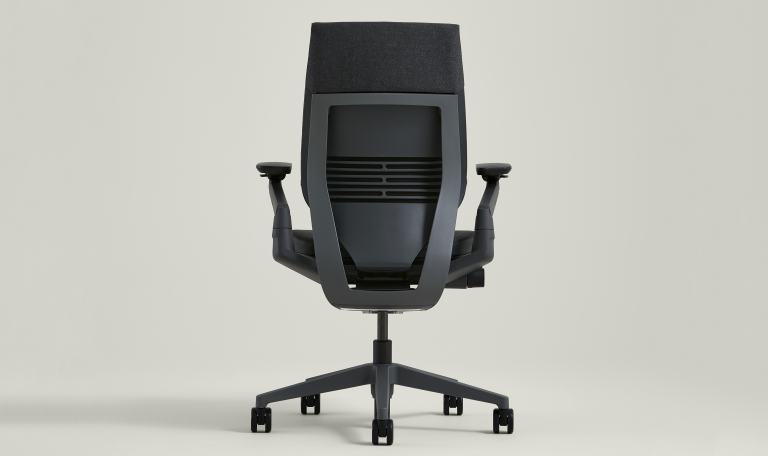
Gesture
If you’re looking for maximum support for long-term sitting, Gesture is the chair for you. After a Steelcase Global Study identified nine new postures people have adopted while using new technologies, we designed Gesture to support every posture, task and technology. 360-degree arms to mimic the human arm and adjust through a full range of motion. This comfortably supports you while you work no matter what the device. All adjustments are located on the right side of the chair, making it super easy to find and adjust. 3D LiveBack technology provides the highest degree of flexibility and support as you move and shift postures, bend side-to-side or twist. Add a headrest to Gesture for long-term comfort or gaming.
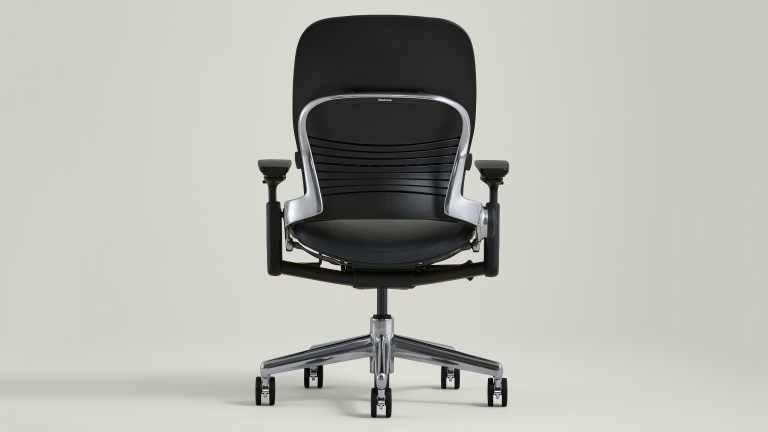
Leap
Leap is the ultimate office chair for adjustability and a dialed-in, precise fit for people needing a little extra support and wanting more control of their adjustments. LiveBack technology changes shape to support the spine in its natural, healthy S-shape. It provides continuous lower back support and a lower back firmness control allows you to dial in the lumbar support. Natural Glide System allows the seat to glide forward as you can recline. It also keeps you in the optimal zone for seeing and reaching your work. Simple controls are clearly labeled and easy to use.
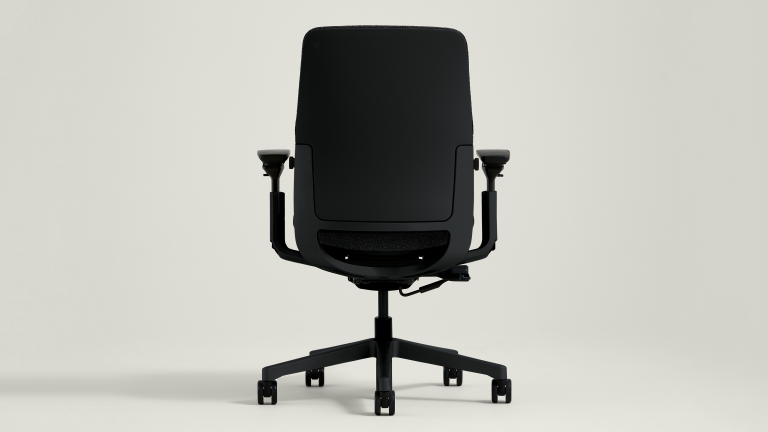
Amia + Amia Air
Amia offers the best combination of performance and style. With two back options, Amia is a versatile chair that fits any work environment. A hidden advanced LiveLumbar system flexes as you move, providing consistent, dynamic support for your lower back. Amia Air’s back design flexes in two dimensions to encourage movement and posture change. Choose from a variety of Air back colors or warm it up with 3D Microknits for additional choices.
Receive our Newsletter
To receive our newsletter, including new editions of spaces and other digital content, fill out the form below:

